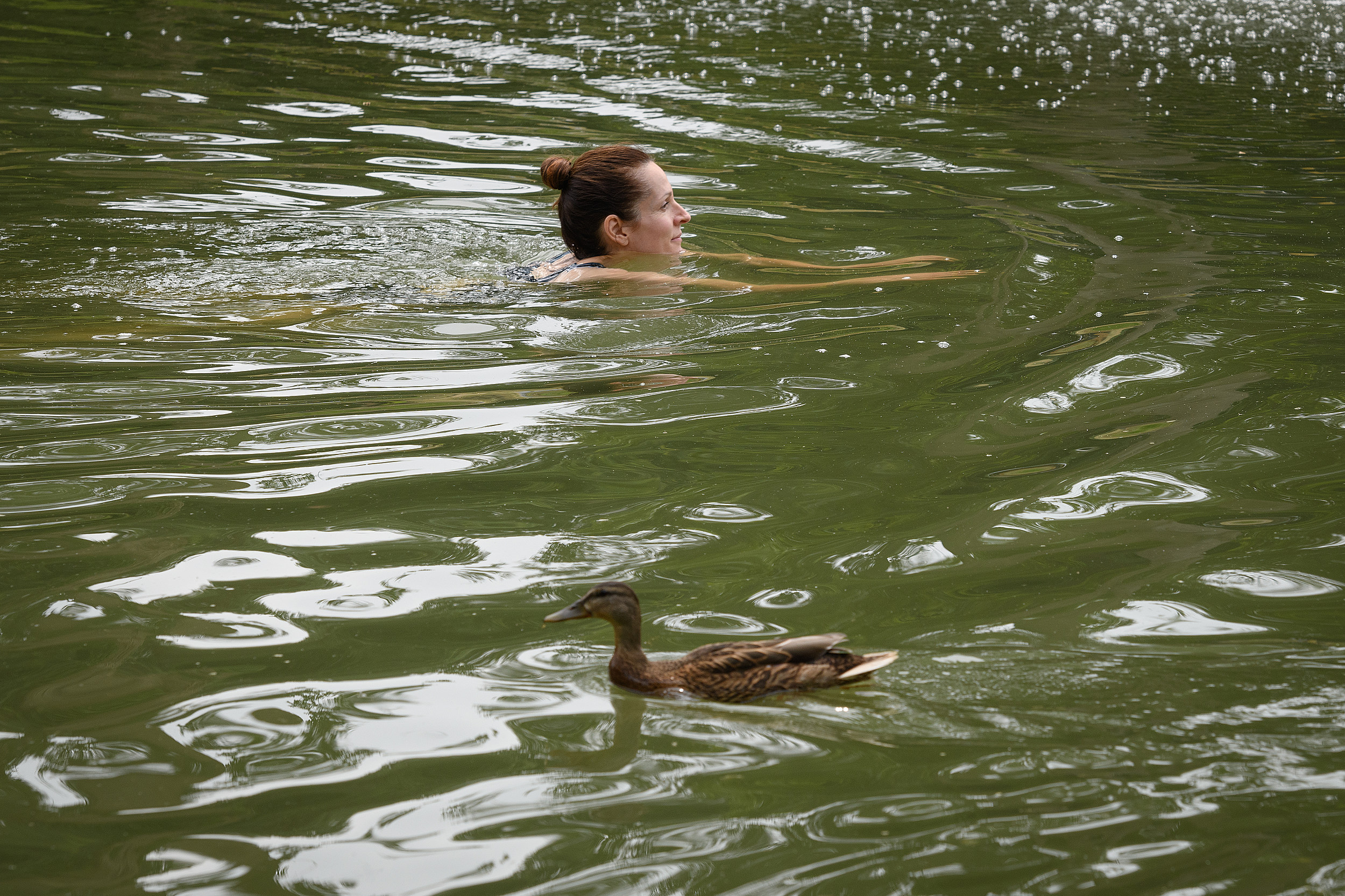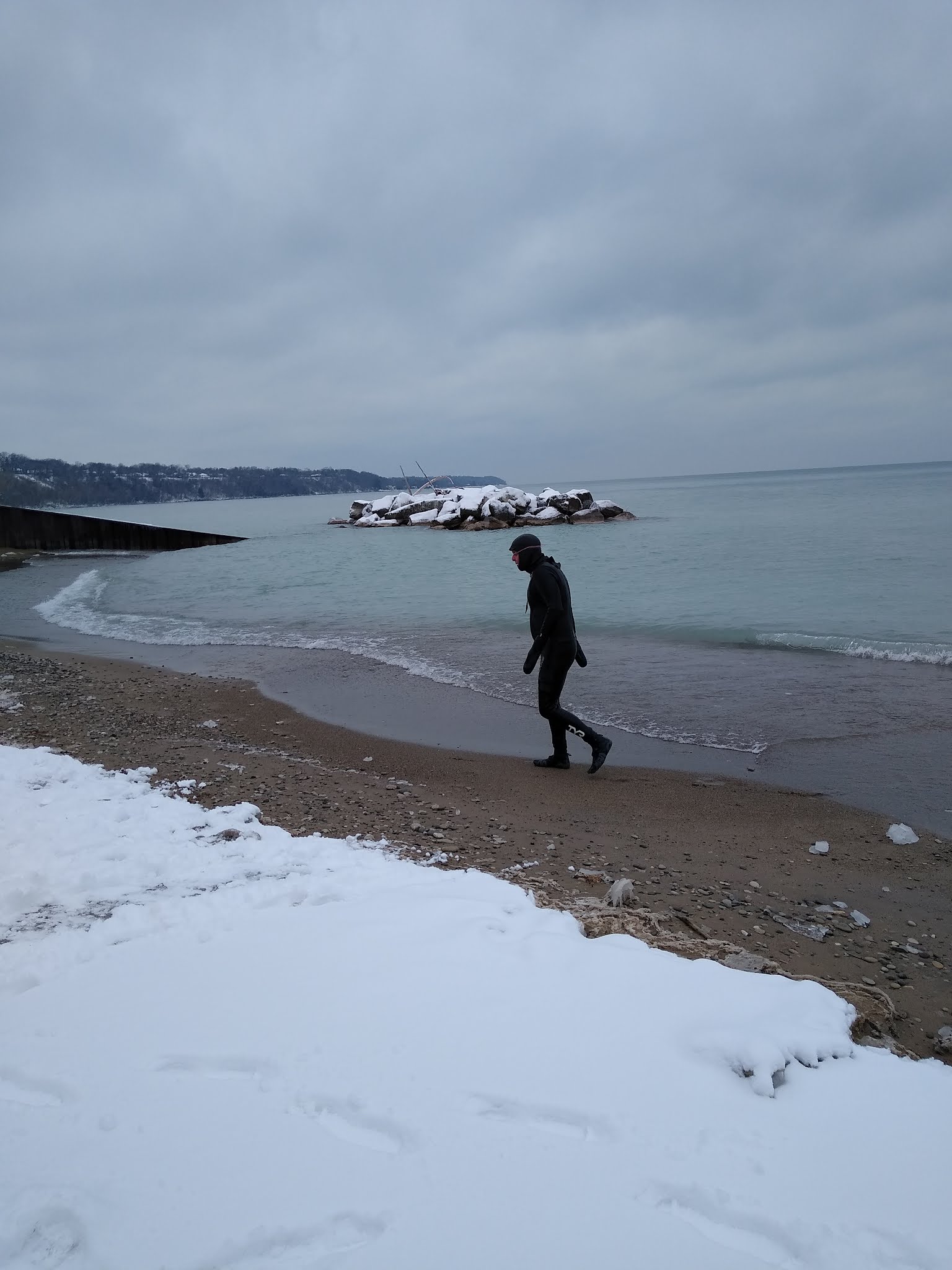

First, towel off, or even better, shower as soon as you come out of the water. If there is swimmer’s itch on your lake, you can help swimmers avoid it. It would be reassuring to have these results confirmed with an independent study but it might be an option for some. Their studies found that birds (and it mostly seems to be mergansers) often return to the same lake, and many of the ducks treated in one year will still have lower levels of the parasite when they return the following year. These folks will round up your ducks and treat them with a medication to kill the life stage of the parasite that infects the birds. Some scientists in Michigan studying swimmer’s itch have turned their findings into a business. People who complain about swimmer’s itch, but have a huge lawn down to the lake, drive me nuts. As a bonus, a natural shoreline is far healthier for your lake, anyway. A natural shoreline with a wide fringe of shrubs and plants will discourage geese from residing on your lake. A nicely mowed lawn next to a lake might as well have a “Welcome, Geese” sign on it.

Second, have a natural shoreline, with dense, native vegetation. First, DO NOT FEED THE DUCKS! This will beckon the birds to your shore, and attract them to your lake. Instead, it is usually our native snails that are the culprits. Perhaps surprisingly, the common exotic snails such as the Chinese and banded mystery snails are not hosts for swimmer’s itch. Many, if not most lakes up here have snails. However, there is not much to be done about the snails. But just as it is a good idea to eliminate small pools of standing water around your house to minimize breeding space for mosquitoes, there are a few things you can do to discourage swimmers itch in your lake.īecause the parasite needs both snails and birds, the obvious strategy is to discourage these hosts. It is more like poison ivy, black flies, and mosquitoes. It is not exotic, like Dutch elm disease, or the Emerald ash borer. If the parasite does find a suitable host, the life cycle starts all over again.įirst off, this is a natural component of our Northwoods flora and fauna. Your body reacts to the invasion by making you itch. Humans are not a suitable host and the cercariae die after penetrating the skin. I say accidentally because cercariae that penetrate a human cannot complete their life cycle. The snails release the cercariae back into the water where they seek a warm-blooded host, usually a duck or goose, but sometimes, and accidentally, a human. It then develops into the next life stage, called cercariae. The eggs hatch into another life stage, the miracidium, that swims around in the lake until it finds and penetrates a snail. These worms lay eggs inside the bird, which the bird then poops out into the lake. The parasite starts out as a small worm-like critter in the intestines of waterfowl, such as geese and ducks. It has a complicated life history, but there must be snails and some water fowl present for it to complete its life cycle. Like poison ivy, not everyone is sensitive to it, but you will likely be increasingly sensitive the more times you are exposed. Here is what Swimmer’s itch is, and a few tips to help your lake not have it in the first place, and a couple things to do if you want to swim in a lake currently experiencing the problem.įirst off, the itch is caused by a flatworm or schistosome, a little parasite that really doesn’t harm you, but your body has an allergic reaction to it, and hence the itch. The Wisconsin DNR has a great website about swimmer’s itch, but spoiler alert – there isn’t a heck of a lot you can do about it. But it certainly can be a real summer fun killer, when swimming leads to itchy agony. Swimmers Itch! I haven’t had this too often, and since only my hands and arms were affected, it was a minor annoyance. Later than night, my hands started to itch, and I could see little welts all over my hands and arms. Last September, I was on one of my favorite lakes collecting aquatic plants for plant identification workshops I present over the winter. In this month's episode of Field Notes, Susan Knight of UW-Madison’s Trout Lake Station talks about that annoying summer problem, “Swimmer’s Itch” and how we can avoid it.


 0 kommentar(er)
0 kommentar(er)
